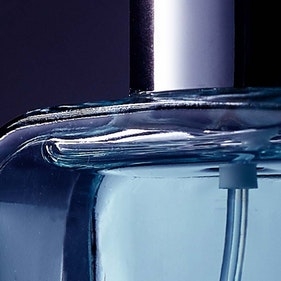But by the end of 2015, most were struggling to make ends meet. Falling oil prices left North American shale producers burdened by an estimated $32 billion operating cash shortfall in the first half of 2015 and a gap of about $20 per barrel in “life cycle” cash flows, after tallying up total investments involving land acquisition, field development and production operations.
So is the shale revolution over? No. Instead, shale drillers are entering a second phase that will make many even more competitive and resilient. Although some drillers are merely slashing costs to survive hardships, the more savvy ones are redesigning their operations to thrive in a future of highly volatile, low oil prices. We estimate that by differentiating their operations even more from those of conventional oil and gas companies, shale drillers will reduce their life cycle costs by as much as 25 percent, or $15 per barrel.
Shale Funding ShortfallsNorth American shale producers are struggling to close operating cash shortfalls
Estimated pre-tax operating cash balance across the top 10 shale players





